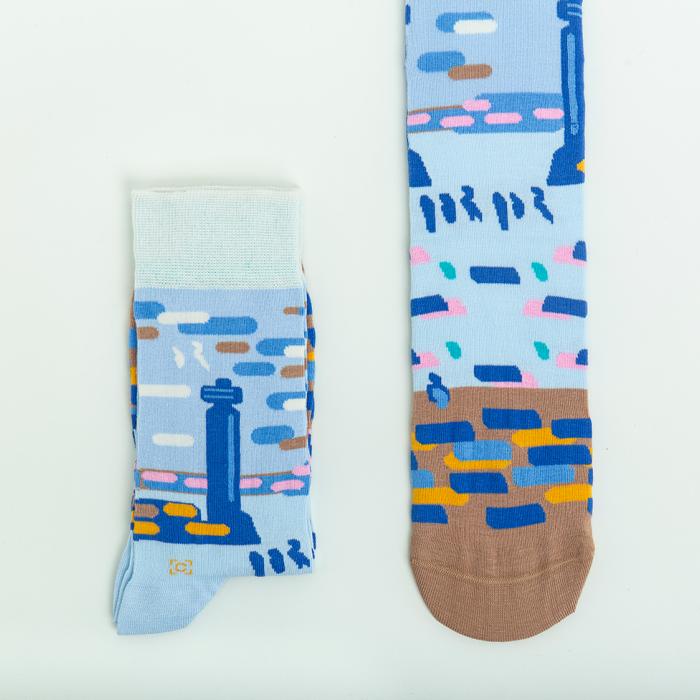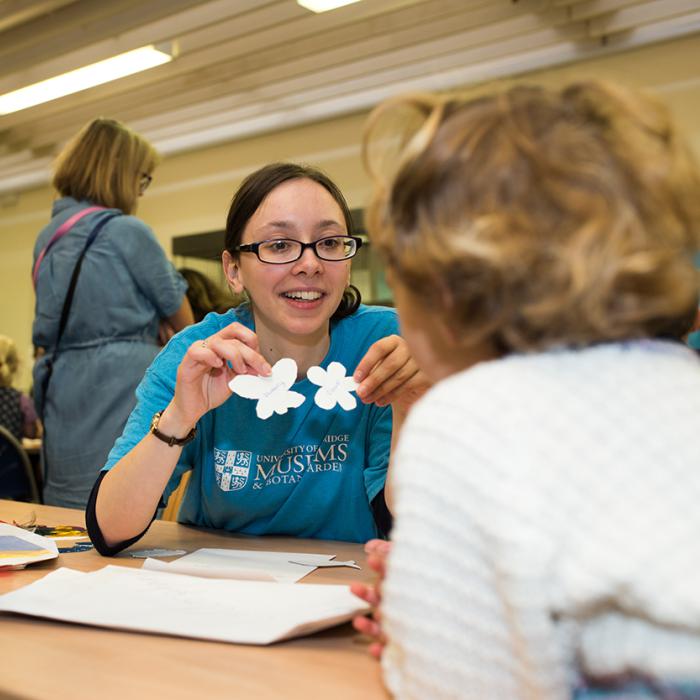The evening will take place within the context of Harold Offeh’s exhibition Mmm, Gotta Try a Little Harder, It Could be Sweet. Taking Offeh’s themes of identity, learning, play, archives, futurisms and references to popular culture as a starting point, students will present participatory workshops, and performances with sound and music, providing playful and dynamic encounters for visitors.
Relax with us after work and explore the Museum's galleries in an atmospheric, evening setting. Find out about our work caring for one of the most important geology collections in the world.
Throughout the evening:
Meet our Museum team at our drop-in stations. Chat with our collections team about their work, and get up close with some of our fossil collections.
Explore hidden treasures from our document archive with our archivist, and chat with our museum-based historian about his research on the Museum in the late 19th and early 20th century.
Join us for the fourth and final Whipple Scribble of the year, where we’ll be inspired by the fascinating work of Dr Louis Auzoux.
Whether you're a seasoned artist or just curious to try something new, all abilities are welcome at this after-hours sketching session. Free to join and open to everyone, it’s a relaxed way to connect with fellow creatives in the Cambridge area.
The much-anticipated Cambridge Botanic Lights returns for its third year, transforming Cambridge University Botanic Garden into a spectacular illuminated trail celebrating the extraordinary world of plants. This year’s event will again bring the Garden to life after dark with stunning displays and artistic interventions – creating a beautiful landscape for everyone to enjoy.
Ever fancied sketching among telescopes, globes, and centuries-old scientific instruments? Step into Cambridge University's home for the history of science for a relaxed and creative evening.
This is the third Whipple Scribble session. Whether you're a seasoned artist or simply curious to try something new, all abilities are welcome. It's free to join, open to all, and a great way to connect with fellow creatives in the Cambridge area.
Join us for art, music, talks, making and more, with a chance to see our exhibition Lubaina Himid with Magda Stawarska: Another Chance Encounter out of hours. This new exhibition by one of the UK’s most renowned and celebrated contemporary artists in collaboration with Magda Stawarska will present new paintings, and ‘interventions’ in the Kettle’s Yard house.
Unwind at the end of the day and explore the Museum in an atmospheric evening setting.
Drop in and discover the colourful beauty of rocks and meteorites under the microscope. Use these as inspiration to contribute to a new collaborative artwork for the Museum that celebrates Pride, working with environmental artist Kaitlin Ferguson.
Join a mini-tour celebrating the Museum's queer history, do some sketching, explore our handling collection of real fossils, or if this all sounds too busy - just soak up the atmosphere.
Join us LIVE online as Dr Roz Wade chats with Dr Erica McAlister, expert in flies & Senior Curator at London's Natural History Museum. PLUS watch our very own Professor Ed Turner's methods for monitoring insects in Cambridge - what will Ed find in the Cambridgeshire countryside? You might be surprised by the wealth and diversity of insects that are on our doorsteps. Our Young Zoologists have also been enjoying making puppets, and these will be displayed on the livestream.
Throughout the Library there will be drop-in activities; take part in as many as you like. All activities are included with your ticket, and are drop-in with no further booking required. A map of activities will be provided upon entry to the event.

